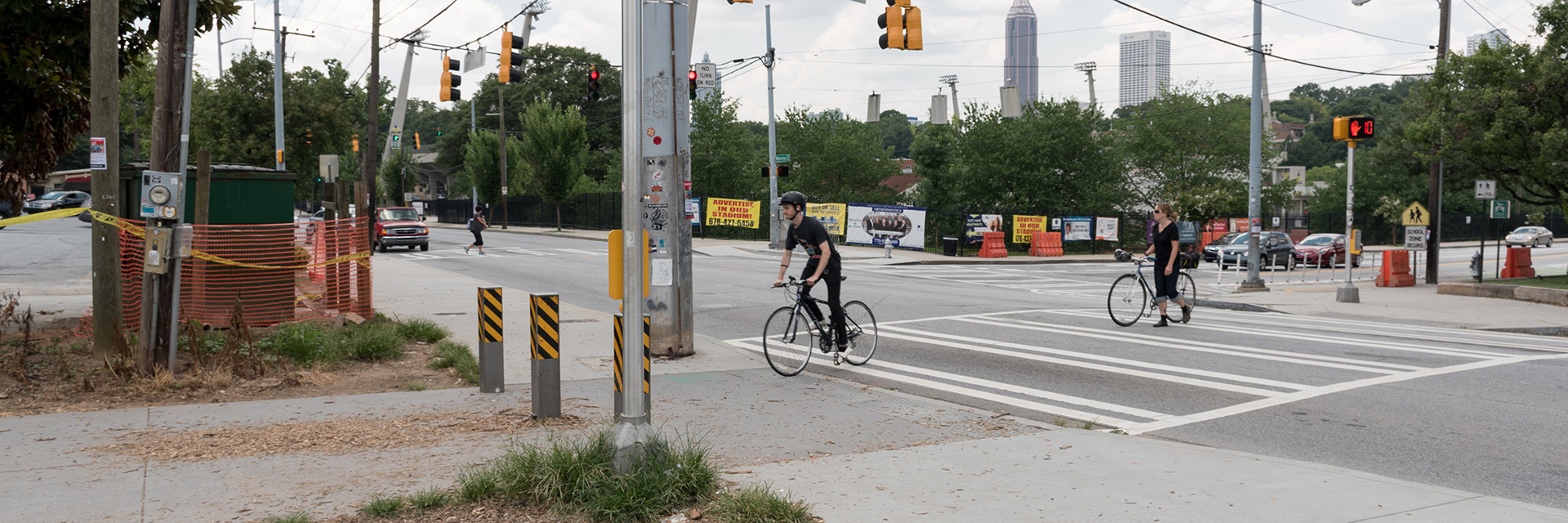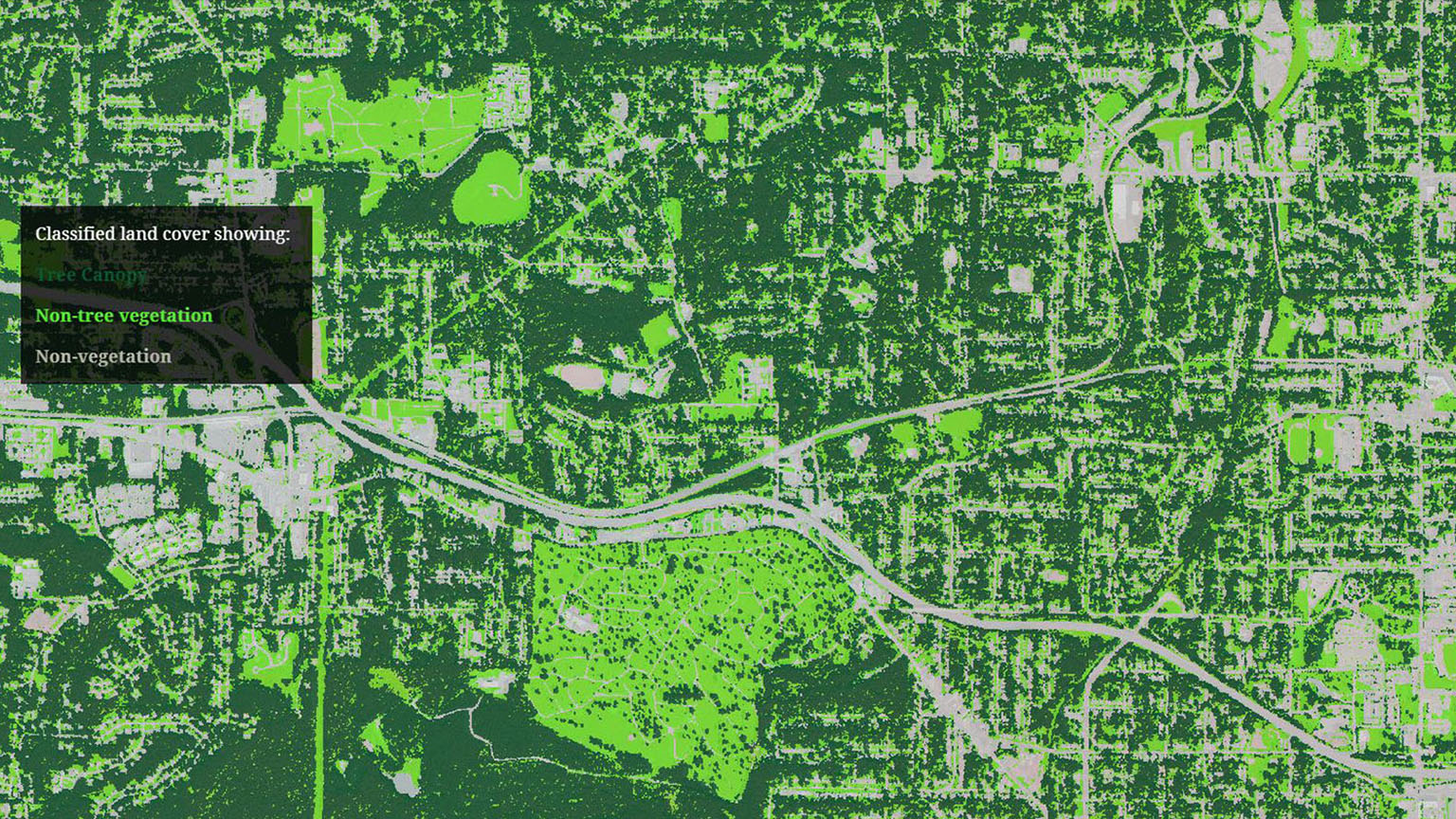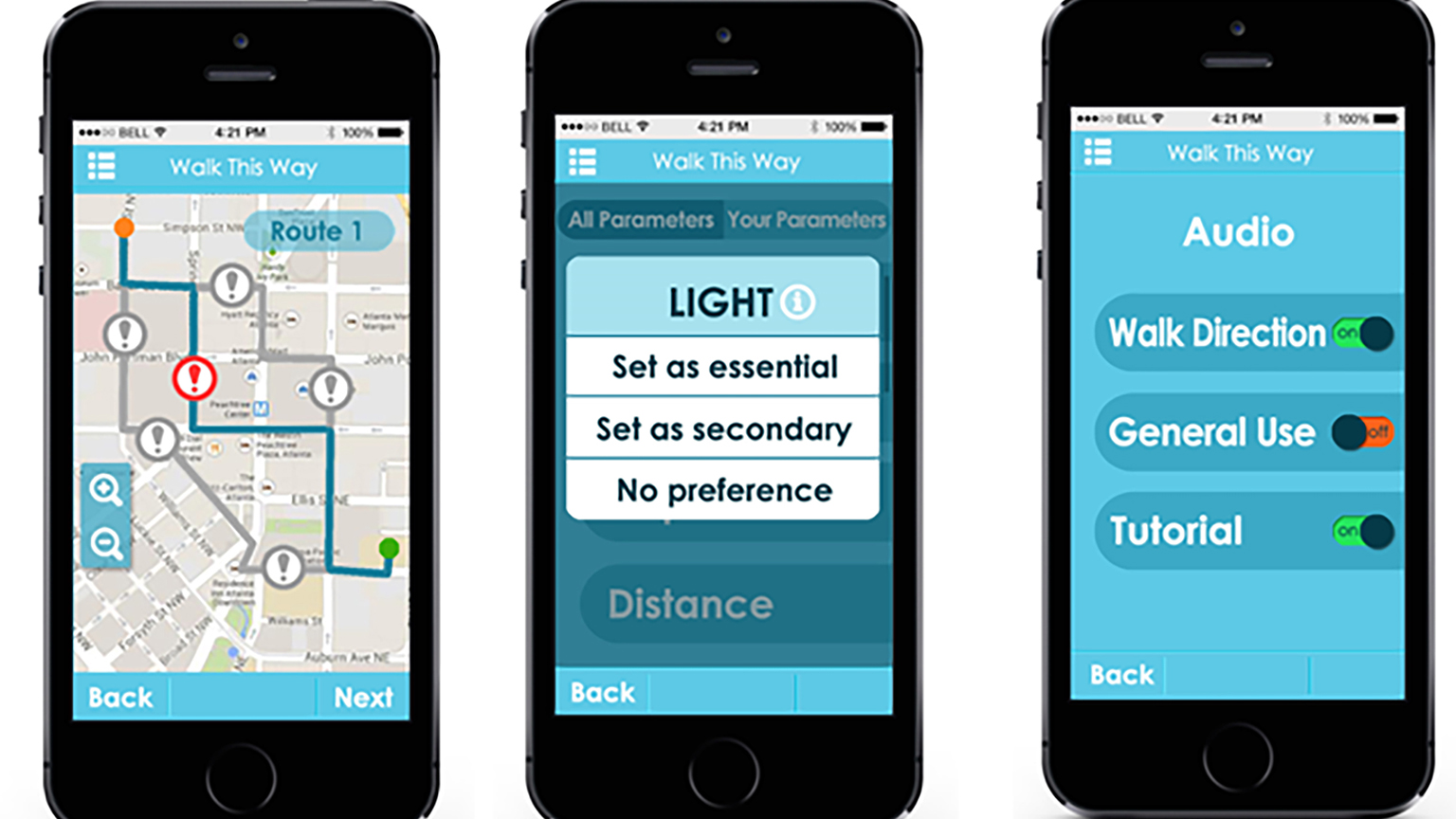
Sustainable Urbanization
More than half the world’s population lives in urban areas, and the other half are increasingly dependent on these cities for economic and social progress. As a result, cities are at the forefront of global socioeconomic change. Overcrowding, natural hazards, deteriorating infrastructure, environmental health, and financial constraints are just some of the problems affecting cities worldwide.
City planners must look for ways to improve the lives of current residents as they work toward ensuring a viable community for future residents. Culture, recreation, transportation, education, and healthcare are part of the equation.
A sensible approach to social decision-making and urban management should emphasize efficiency in the use of resources, minimal creation of waste, long-lasting development practices, and systemic resiliency and reliability.
At the Center for Spatial Planning Analytics and Visualization, we work with various sponsors and partners to find solutions for sustainable urban centers.

